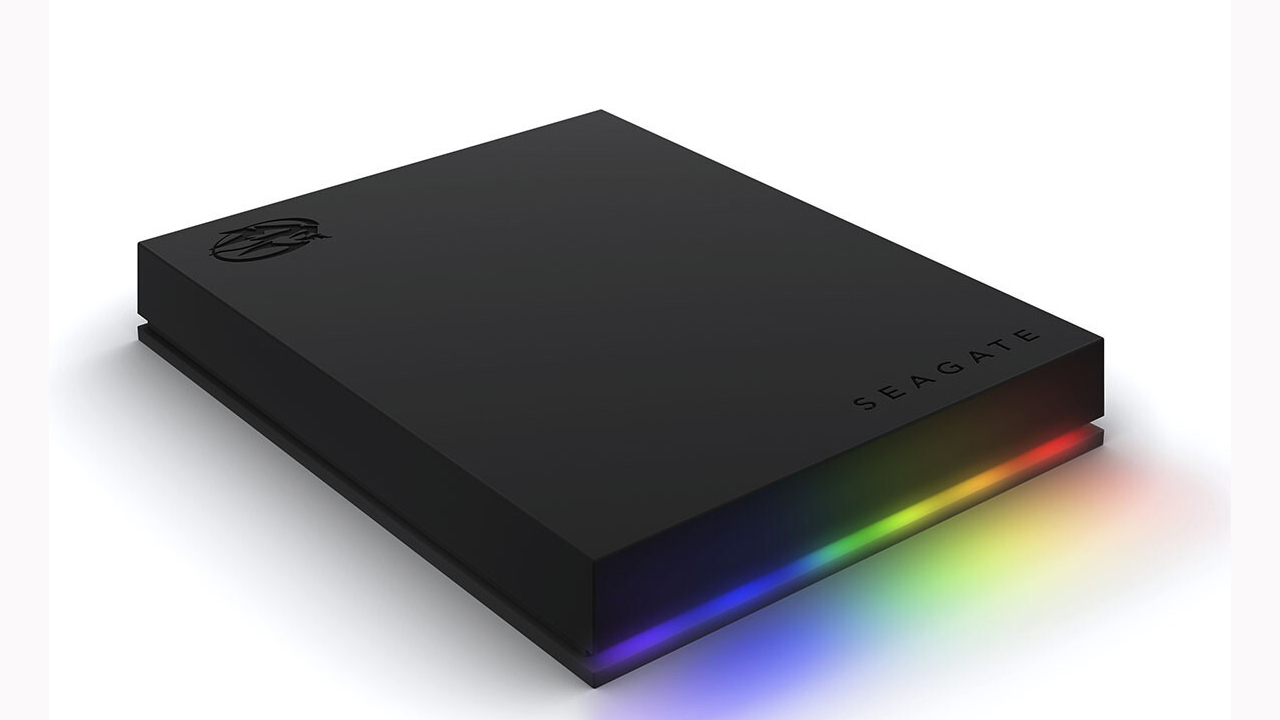In an emergency, the last thing you need to do is paperwork. The same can be said in moments of stress or sadness. Ideally, all the important documents you need can be easily found and easy to use. How did you do?
The best way to put important documents at your fingertips is to go paperless by digitizing them and then save those electronic files to a place where you can retrieve them from a computer, tablet, or smartphone. In many cases, you should save physical copies of the papers, too, but that doesn’t mean you can’t make a digital copy as well.
Examples of Documents to Digitize
- Documents related to major life changes: birth certificates; adoption papers; marriage, divorce, domestic partnership certificates; immigration certificates and forms
- Passports, drivers licenses, and identification cards
- Health reports, including vaccine and immunization records
- Pet records
- Official education transcripts and graduation certificates
- Titles and deeds to property
- Lease and loan agreements
- Tax returns
How to Digitize Important Documents
- To scan a document:
- Place the paper on a high-contrast surface. Make sure you have ample lighting. Being near a window during daylight helps tremendously.
- Lay the document flat. Most scanning apps correct minor imperfections, such as creases and upturned corners, but if you can get the document to lay flat, that’s ideal.
- Launch the scanning app and position your phone parallel to the document. Most scanning apps have automatic edge detection, so long as you make a reasonable effort to frame the page within the on-screen guides.
- Most apps scan the page automatically, but in some cases, you may have to tap to complete a scan. The app will then prompt you to repeat the process if you want to add more pages to the same file.
Do you already use a cloud storage service or file-syncing services, such as Google Drive or Microsoft OneDrive, for storing and backing up important files? Then it probably makes sense to use the same service to store your family documents.
Join Tip3X on Telegram




